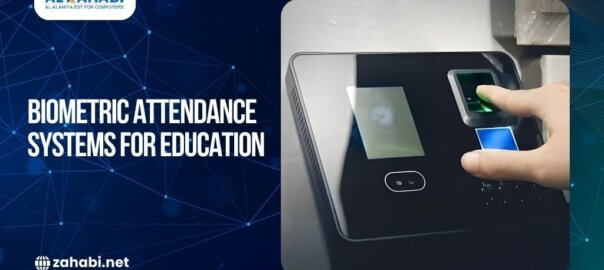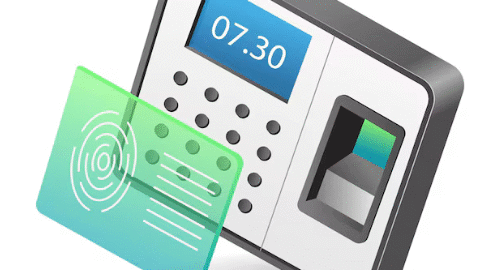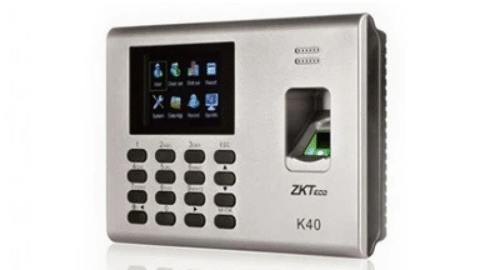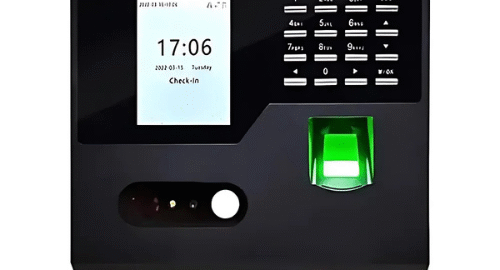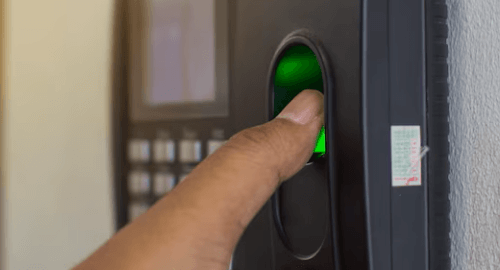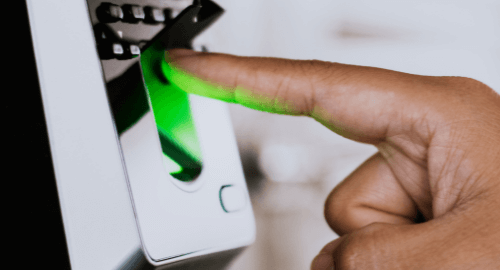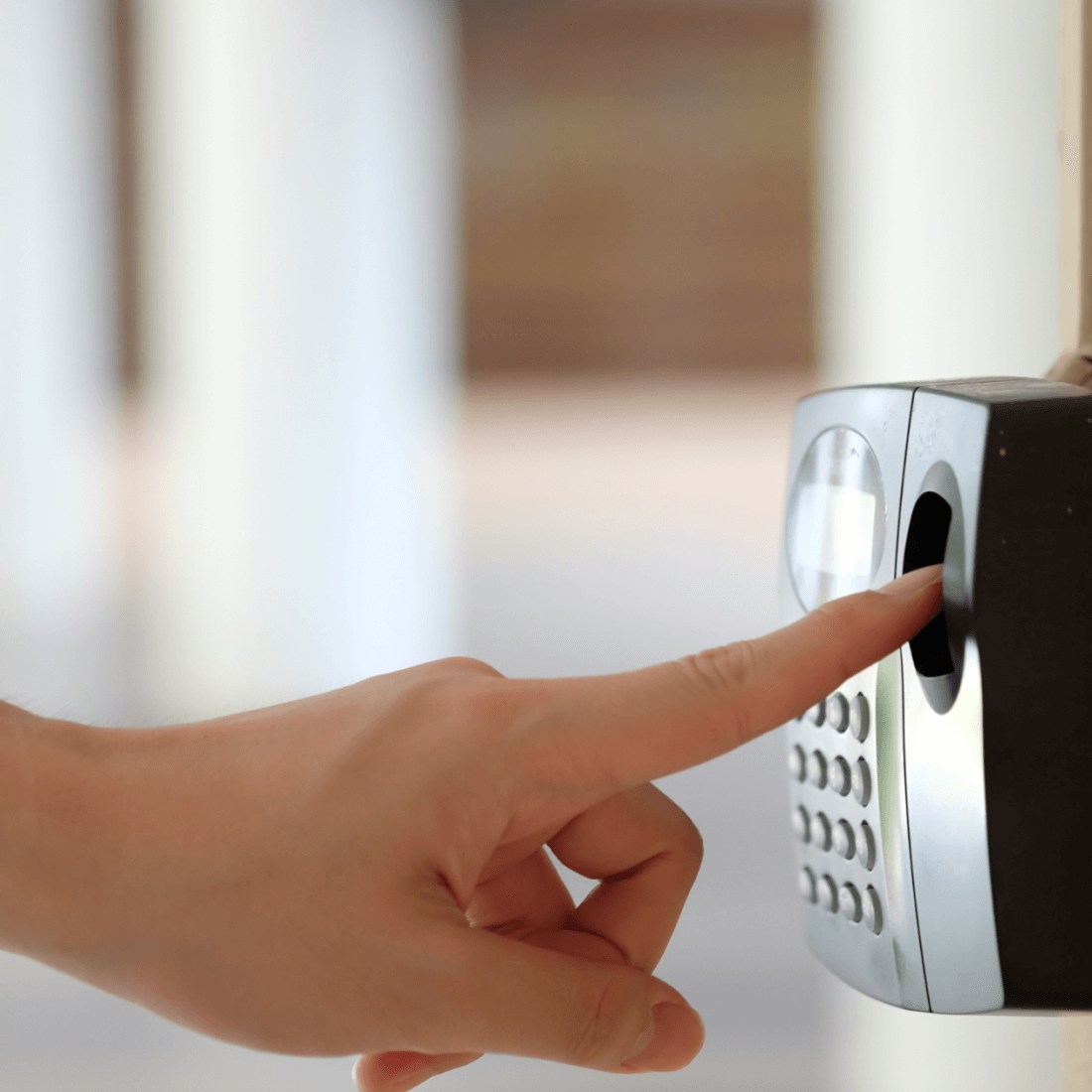
Biometric attendance systems have become increasingly popular in recent years due to their ability to accurately record employee attendance and reduce instances of fraud. By using unique physiological and behavioral characteristics, these systems can ensure that the right person is present and working during scheduled hours, which can improve payroll accuracy and save companies money. In this article, we will explore how biometric attendance systems are reducing fraud and improving payroll accuracy.
What are Biometric Attendance Systems?
Biometric attendance systems are a type of time and attendance management system that uses biometric technology to record employee attendance. These systems use a range of unique biological traits, such as fingerprints, facial recognition, iris scans, and voiceprints, to identify employees and record their attendance.
Reducing Fraud
One of the primary benefits of biometric attendance systems is that they can significantly reduce instances of fraud. Unlike traditional attendance tracking systems, such as timecards and punch clocks, biometric systems cannot be easily manipulated or falsified. This is because the biometric data used by these systems is unique to each individual and cannot be replicated or shared.
Additionally, biometric attendance systems can prevent “buddy punching,” which is a common form of fraud where an employee clocks in or out for another employee who is not present. With biometric systems, each employee must be physically present to use their biometric data to record their attendance.
Improving Payroll Accuracy
Biometric attendance systems can also improve payroll accuracy by ensuring that employees are paid for the hours they actually worked. Traditional attendance tracking methods are prone to errors, such as forgetting to clock in or out, or rounding up time worked. These errors can add up over time and result in overpayment or underpayment of wages.
With biometric systems, the recorded attendance is precise and accurate, eliminating the potential for errors. This means that employees are paid for the exact hours they worked, reducing the risk of disputes or grievances related to payroll.
Efficient Data Collection and Management
Biometric attendance systems also offer efficient data collection and management. With these systems, attendance data is automatically collected and stored in a centralized database. This makes it easy for HR and payroll departments to access and analyze attendance data, track employee absenteeism, and identify attendance patterns.
Additionally, biometric systems can integrate with other HR and payroll software, such as payroll processing systems and employee scheduling software. This can streamline the payroll process and reduce administrative tasks, such as manually entering attendance data.
Privacy and Security
While biometric attendance systems offer many benefits, privacy and security concerns must be considered. Employee biometric data is sensitive information and must be stored securely to prevent unauthorized access or theft. Companies must ensure that their biometric systems comply with local privacy laws and regulations and implement measures to protect the data from cyber threats.
Conclusion
Biometric attendance systems offer many benefits to companies, including reducing fraud, improving payroll accuracy, efficient data collection and management, and increased security. However, companies must also consider privacy and security concerns when implementing these systems. By weighing the benefits and risks and implementing appropriate safeguards, biometric attendance systems can help companies improve their attendance management and reduce costs associated with payroll errors and fraud.

